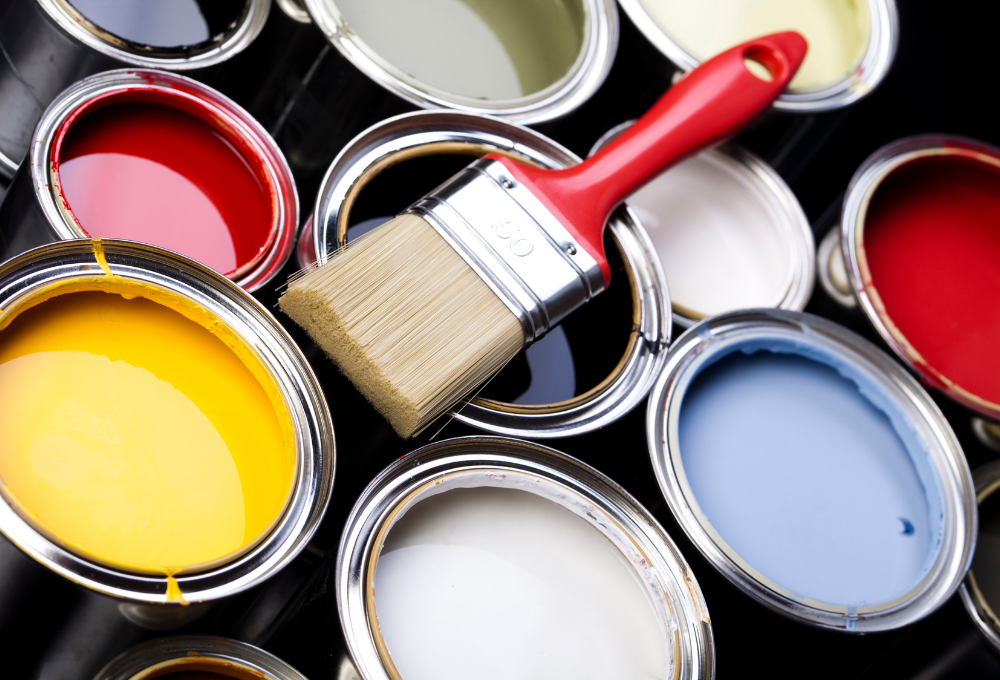
The coatings and paints you see on walls and other painted surfaces are not only coatings or paints. These coatings and paints have been treated with chemicals that enhance their intrinsic properties or create new properties. We refer to them as additives.
What Are Paints and Coating Additives?
To make coatings and paints appropriate for particular application, we add additional the right additives. This alters their chemical and physical properties. There are more than 20 paint additivesthat include wetting agents, coupling agents and thickeners.
While non-industrial coatings might not have a lot of responsibility aside from aesthetics, industrial coatings are often purpose-driven. Prior to a particular coating being chosen for an industrial application the coating must have the characteristics required for such application. The majority of the time however, the coatings that have the best chance of satisfying the requirements of their potential applications still end up lacking some crucial features. The coatings and paints that are available can be optimized with additives so that they are appropriate for the specific requirements of our industry.
Water-based corrosion inhibitors, as an instance, are additives to protect marine coatings from corrosion. In addition, thanks to the numerous powder coating additives options, we can have coatings that are more durable or resistant to algae, quick drying, or antifungal paints.
The Importance of Additives in Paints and Coatings
Here are some reasons why additives in coatings and paints are essential:
Stain Resistance
The presence of stains on paints is one way a painted surface loses its attraction. And the reason why some painted walls easily get stained is because coatings or paints contain microscopic pores which stain particles could fill up and make it difficult to remove them. Certain paint additives, however, can seal any pores that paints might contain. The particles of stain can no longer adhere to paint and can be easily cleaned off.
Leveling
In order to ensure that a coating lasts on its target surface, it's important to smooth it. This is because the substances in coatings often are not uniform in shape, and are liable to make the surface appear rough when you apply them. This happens when the paint surface isn't flowing properly or dry too quickly. This can cause bubbles and fish eyes to develop on the surface. Whenever you really want special info about antimicrobial additives for coatings, sneak a peek here.
Paint leveling additives can be used to make the coating move more smoothly and slow. So, no surface is covered in excess, and the consequences of uneven leveling are kept at bay.
Hardness
A paint or coating's hardness can make it resistant to scratching or marking. These types of coatings are mostly needed in applications where painted objects are prone to abuse. These paints can withstand abuse by adding hardening additives.
Gloss
Paints can be transformed into a more or less glossy based on their use. They do this by using certain powder coating additives.
Resistance to corrosion
Coatings that are used on surfaces that are susceptible of corrosion often have corrosion inhibiting additives in them to protect their substrates. These substrates can include metals used in the construction of marine-related products.